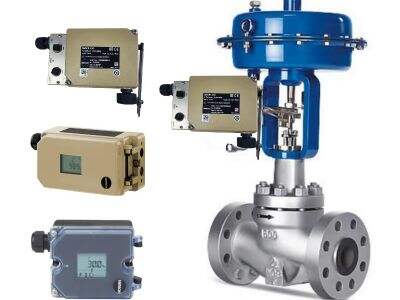Forstå kavitasjon i reguleringsventiler
Kavitasjon i reguleringsventiler er ett av de mest typiske problemene som oppstår i industrien, siden det svekker ytelsen og levetiden til utstyr. Når væske beveger seg med høy hastighet gjennom en kontroll ventil, synker trykket og små bobler av damp dannes. Når de kommer til områder med økt trykk, imploderer boblene med kraft og intensitet, noe som fører til sjokkbølger som over tid kan slite bort materiale på ventilen. Dette gjør ikke bare drift av reguleringsventilen mindre effektiv, men kan også føre til økte vedlikeholdskostnader og nedetid hvis det ikke håndteres raskt og effektivt
Beste løsninger for å unngå kavitasjonsskader i reguleringsventiler
Det finnes flere måter å unngå kavitasjon i reguleringsventiler på. For eksempel er det kjent å redusere motstanden i en ventil ved å øke strømningskapasiteten, inntak-åpne eller utløp-lukkede områder i en reguleringsventil ved valg av kontrollventil , og også endre systemets driftsbetingelser til noe mer gunstig for regulering. Det som også kan redusere kavitasjon, er å installere en regulator eller bruke en trykkreduksjonsventil oppstrøms ventilen for å holde trykket ved inntaket til kontrollventilen under kontroll. Forebyggende vedlikehold og diagnostiske sjekker av reguleringsventiler er også viktig for å identifisere kavitasjonsproblemer før de blir alvorlige
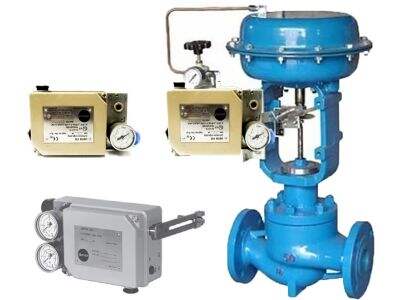
Optimalisering av ytelsen til reguleringsventiler med kavitasjonskontroll
Omventet kan industrier ved å kontrollere kavitasjon i reguleringsventiler ikke bare forlenge utstyrets levetid, men også forbedre ytelsen og redusere driftskostnadene. Reguleringsventilene bør vedlikeholdes ordentlig, og derfor er det viktig å lage vedlikeholdsplaner, sjekke dem regelmessig, og bruke materialer av høy kvalitet for å hjelpe reguleringsventilen med å fungere på optimalt nivå. Videre kan avanserte teknologier som simuleringer av væskestrømning (computational fluid dynamics) gjøre det mulig for ingeniører å studere og optimere designet av reguleringsventiler slik at kavitasjon minimeres, samtidig som andre ytelsesaspekter optimaliseres
2.1 Grunnleggende metoder for minimering av kavitasjon i industrielle systemer
I industrielle prosesser med kavitasjonspotensial er det viktig å bruke kavitasjonskontrollteknikker for å beskytte utstyret og sikre jevn drift. En av de viktigste metodene er å nøyaktig forutsi kavitasjonsindeksen og iverksette tidlige tiltak for å hindre kavitasjon i reguleringsventiler. Videre kan strømningshastighet, temperatur og trykk til væsken gjennom reguleringsventilen justeres for å minimere risikoen for at kavitasjon oppstår.
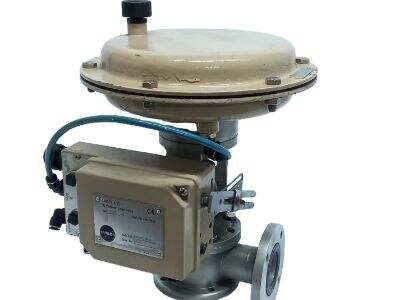
Forbedret ytelse av reguleringsventil ved minimering av kavitasjon
Ved Xiangjing oppnås maksimal ytelse av reguleringsventiler ved å redusere kavitasjon så mye som mulig gjennom riktig design, vedlikehold og drift. Riktig valg av type, størrelse og materiale for reguleringsventiler kan redusere risikoen for kavitasjon og forbedre ytelsen. Periodisk overvåking av kontroll ventiler for slitasje, erosjon og korrosjon kan også avsløre tidlige tegn på kavitasjonsskader som kan rettes opp før de blir et stort problem
Innholdsfortegnelse
- Forstå kavitasjon i reguleringsventiler
- Beste løsninger for å unngå kavitasjonsskader i reguleringsventiler
- Optimalisering av ytelsen til reguleringsventiler med kavitasjonskontroll
- 2.1 Grunnleggende metoder for minimering av kavitasjon i industrielle systemer
- Forbedret ytelse av reguleringsventil ved minimering av kavitasjon

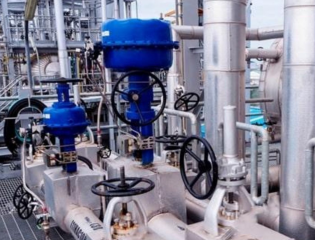
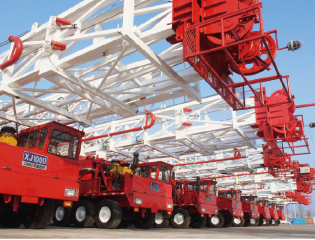
 EN
EN
 AR
AR
 BG
BG
 HR
HR
 CS
CS
 DA
DA
 NL
NL
 FI
FI
 FR
FR
 DE
DE
 EL
EL
 HI
HI
 IT
IT
 JA
JA
 KO
KO
 NO
NO
 PL
PL
 PT
PT
 RO
RO
 RU
RU
 ES
ES
 SV
SV
 CA
CA
 TL
TL
 IW
IW
 ID
ID
 LV
LV
 LT
LT
 SR
SR
 SK
SK
 SL
SL
 UK
UK

